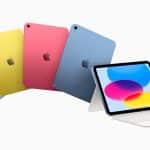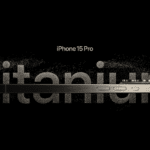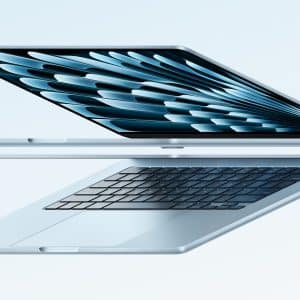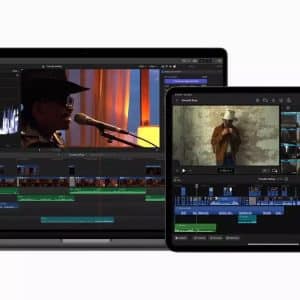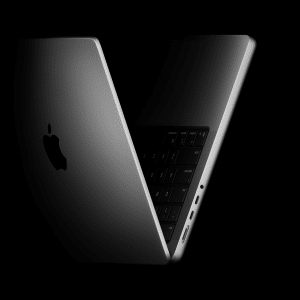In recent years, the world of technology has seen the introduction of a new universal cable standard: USB-C. This small but mighty connector has the potential to change the way we interact with our devices, making it the “cable to rule them all”.
One of the most significant advantages of USB-C is its versatility. The connector is reversible, meaning it can be inserted into a device in any orientation. This eliminates the frustration of trying to plug in a cable the “right way” and makes it easier to connect devices in tight spaces.
USB-C has a much higher data transfer rate than previous USB standards. It can transfer data at speeds of up to 10 Gbps, which is twice as fast as USB 3.1 and 20 times faster than USB 2.0. This means that large files, such as videos and photos, can be transferred much more quickly.

Another major benefit of USB-C is its ability to deliver power. The cable can handle a maximum power output of 100 watts, which means it can charge laptops and other high-power devices. This eliminates the need for multiple chargers and cables, making it more convenient for users to stay connected and powered up on the go.
One of the most exciting applications of USB-C is its ability to connect to external displays. Using an adapter, a USB-C cable can connect a device to a monitor, allowing for the easy presentation or display of content. This feature is particularly useful for professionals who need to give presentations or for content creators who need to edit videos on a larger screen.

Apple has fully embraced the USB-C standard in its latest devices. Starting with the MacBook Pro in 2016, Apple began to phase out its proprietary Thunderbolt ports in favor of USB-C. This means that all new MacBooks, including the MacBook Air and MacBook Pro, now only have USB-C ports. This allows users to easily connect their devices to external displays, peripherals, and other devices without the need for additional adapters.
In addition to its laptops, Apple has adopted USB-C in its latest iPad models. This allows users to use the same cable and charger for their MacBook and iPad Pro, providing a more streamlined and convenient experience. Furthermore, the USB-C port on the iPad allows it to connect to a variety of external devices such as external hard drives, cameras, and even a 5K display.
The use of USB-C in Apple devices also allows for faster charging and data transfer at speeds of up to 10 Gbps, which is much faster than the previous Lightning port.
However, it’s worth noting that not all USB-C cables are created equal. While the connector itself may be the same, the cable’s quality and capabilities can vary. For example, not all USB-C cables support data transfer or power delivery. It is essential to make sure the cable you are using is compatible with your device and has the capabilities you need.

USB-C is a standard to improve the way we interact with our devices, making it a valuable addition to any tech arsenal.
Be sure to keep an eye out for more news and updates on this exciting new technology.



